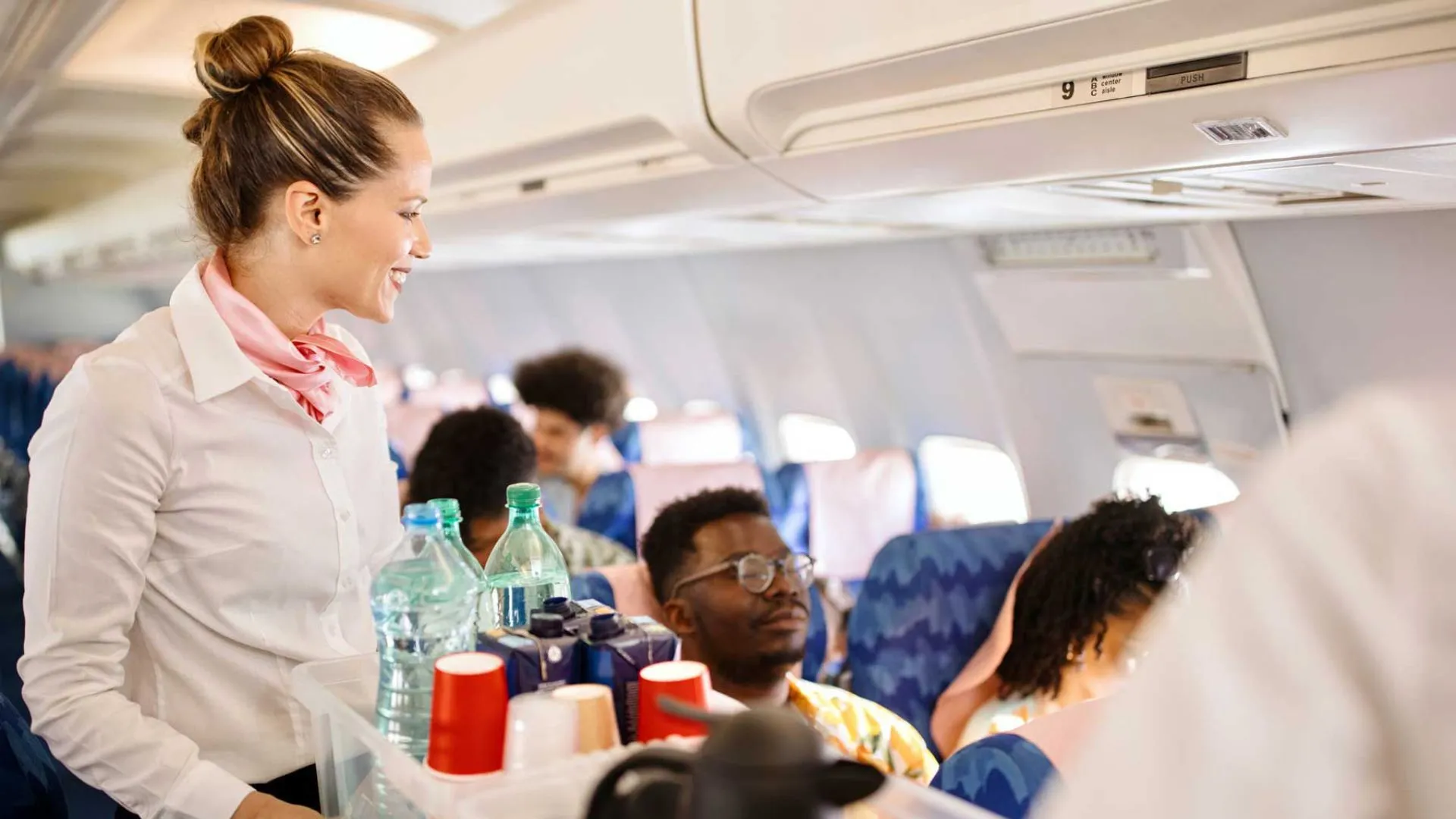Essential Tips for a Smooth Airplane Departure

Being a pilot is an exhilarating profession that requires a high level of skill, precision, and attention to detail. One of the crucial moments in a pilot’s job is the departure phase of a flight. Ensuring a smooth departure sets the tone for the rest of the journey and contributes to a safe and comfortable flight experience for both passengers and crew.
In this article, you will explore some essential tips that every pilot should master to achieve smooth airplane departures.
Pre-Flight Checklist for a Smooth Departure
Before embarking on any flight, pilots must meticulously go through a pre-flight checklist to ensure that all systems are functioning properly. This step is crucial for a smooth departure as it helps identify any potential issues that may arise during takeoff. The pre-flight checklist includes examining the aircraft’s controls, instruments, engines, fuel levels, and other vital components. By following this checklist diligently, pilots can detect and address any anomalies, guaranteeing a smooth start to the flight.
Another critical aspect of the pre-flight checklist is verifying the weight and balance of the aircraft. Maintaining the correct weight distribution is vital for stability during takeoff and climb. Pilots must calculate the center of gravity and ensure that it falls within the prescribed limits. This ensures that the aircraft will handle as expected during departure, minimizing the risk of any unexpected behavior.
Lastly, pilots must review the flight plan and familiarize themselves with the departure procedures and routes. Understanding the planned departure path allows pilots to anticipate any challenges and make necessary adjustments in advance. By thoroughly completing the pre-flight checklist, pilots can pave the way for a seamless departure.
Weather Considerations for a Smooth Departure
Weather conditions play a significant role in the success of an airplane departure. Pilots must carefully evaluate the current and forecasted weather to determine if it is safe to take off. Adverse weather conditions such as strong crosswinds, thunderstorms, or low visibility can pose a risk during departure. Pilots should consult weather reports and forecasts from reliable sources and consider alternate plans if necessary.
In addition to evaluating weather conditions, pilots must also be aware of any potential icing hazards. Ice accumulation on the aircraft’s surfaces can impair its performance and handling characteristics, making departure treacherous. By taking the necessary precautions, such as de-icing the aircraft or selecting an alternate departure time or route, pilots can mitigate the risks associated with icing and ensure a smooth departure.
Ground Support Equipment Conditions
Smooth departures not only rely on the aircraft’s systems but also on the condition of the ground support equipment. Pilots should ensure that all necessary equipment, such as pushback tugs, are in good working order before departure. Pushback tugs for aircraft are essential for maneuvering the aircraft away from the gate or parking position. Any malfunction or failure of this equipment can delay the departure and disrupt the overall flight schedule.
To avoid any last-minute surprises, pilots should communicate with the ground crew and confirm that all required ground support equipment is available and functioning correctly. Conducting a thorough inspection of the pushback tug and checking for any leaks, malfunctions, or damage, ensures a seamless departure. Pilots should also verify that the tug’s communication systems are operational to facilitate effective coordination during pushback and departure.
Communication and Coordination for a Smooth Departure
Effective communication and coordination among pilots, air traffic controllers, and ground personnel are paramount for a smooth departure. Pilots should ensure that they have a clear understanding of the departure clearance and any instructions or restrictions provided by air traffic control. It is crucial to read back and confirm all instructions accurately to avoid any misunderstandings or deviations.
Additionally, pilots should maintain open communication with the cabin crew to ensure that all safety procedures and passenger announcements are conveyed effectively. Establishing a clear line of communication with the cabin crew allows for coordinated actions during departure, guaranteeing a smooth experience for the passengers.
Techniques for a Smooth Takeoff
The takeoff phase is a critical moment during departure that requires precise techniques to ensure a smooth transition from the ground to the air. Pilots must apply the appropriate power settings, smoothly increase the throttle, and maintain a correct pitch attitude to achieve a balanced and controlled takeoff. Abrupt or excessive control inputs can lead to instability and compromise the departure.
Furthermore, pilots should be mindful of the aircraft’s speed during the takeoff roll. Following the recommended airspeeds for each stage of the takeoff, such as rotation speed and initial climb speed, contributes to a smooth departure. Maintaining a proper speed profile ensures that the aircraft gains altitude smoothly and steadily, minimizing any discomfort for passengers and facilitating a safe ascent.
Conclusion
Mastering the art of smooth airplane departures is a fundamental skill for every pilot. A smooth departure not only sets a positive tone for the flight but also contributes to the overall safety and comfort of the journey. So, take these essential tips to heart and elevate your piloting skills to new heights.
Passionate Writer, Blogger and Amazon Affiliate Expert since 2014.




























